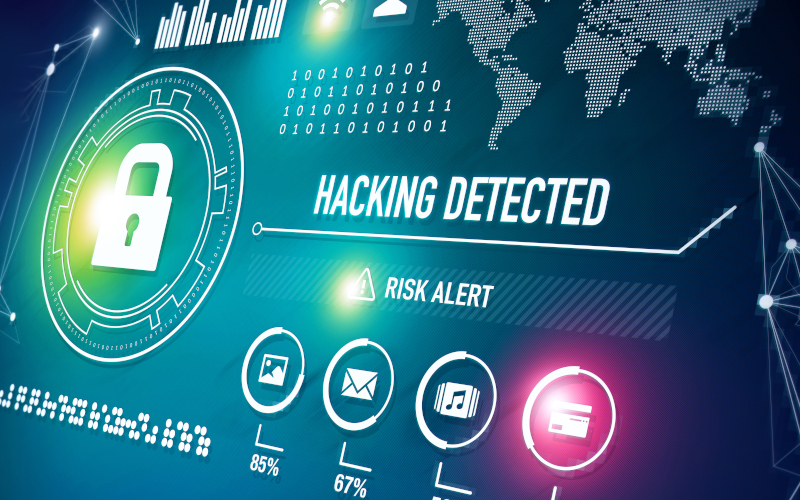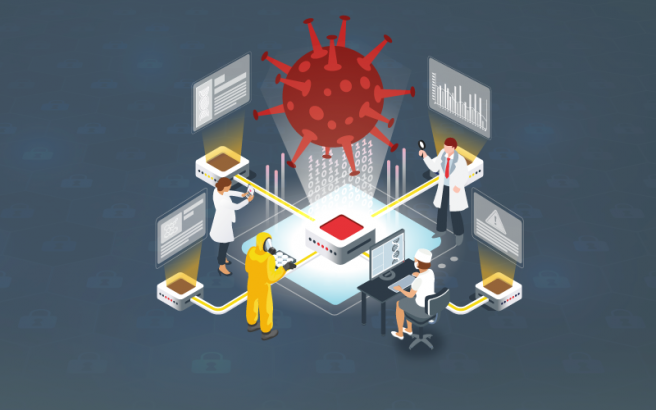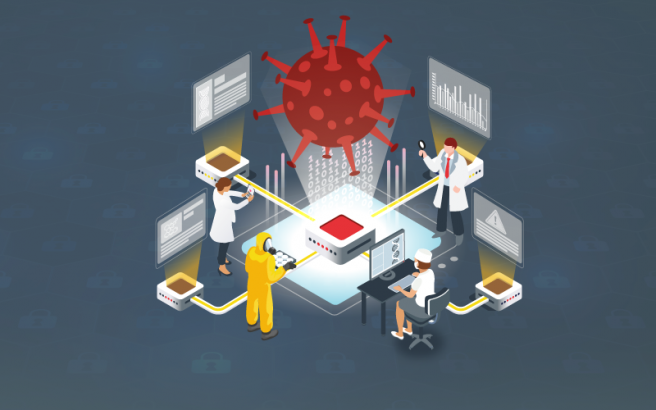
Industrial Control Systems (ICS) were initially designed to work in sealed environments and as stand-alone systems, interconnections between systems were scarce, as were safety protections. The constant evolutions in the field of ICS, including the inclusion of a large number of communication protocols, IIoT devices, the expansion of interconnections, an incessant search for interoperability between systems and the inclusion of these architectures in critical systems, has meant that the networks on which these industrial control systems, has meant that the networks on which these industrial control systems are built, also known as control networks, have increased their security exponentially.

The proliferation of cybersecurity incidents in industrial environments has given rise to a huge concern in the various existing sectors. Some of them, such us the energy sector, are choosing the path taking in the banking sector with the TIBER-EU framework. In addition, many governments are allocating large sums of money to their government agencies to develop strategic plans in which that exercises are included

Confrontations between countries no longer only take place in the physical world, in this new decade, these confrontations also move to the cyber world. The conflict between Russia and Ukraine is one of the clearest examples. Among the events that have taken place is the security incident known as Industroyer2, which affected an electrical supplier in Ukraine. The Industroyer2 is the evolution of its predecessor, the malware known as Industroyer, which was able to affect multiple protocols of industrial control systems during its execution. This new variant of the malware focuses on a particular communications protocol, IEC-104, which is widely used in Europe and the Middle East to monitor and control the power system via the TCP/IP communications protocol.

Nobelium es la denominación de Microsoft para un grupo de atacantes que, según la atribución llevada a cabo por la Agencia de Seguridad de Infraestructura y Ciberseguridad (CISA) de Estados Unidos, pertenecen al Servicio de Inteligencia Exterior (SRV) de Rusia. Este grupo criminal es conocido por el ataque a la cadena de suministro de SolarWinds, y una campaña masiva de phishing haciéndose pasar por una empresa de desarrollo estadounidense.

Grandoreiro, also known as Delephant, is a banking trojan from South America, which has spread its operations to other regions, especially Europe, including Spain and Portugal. According to ESET researchers, it has been active since 2015, affecting countries in Latin America, mainly Brazil, where it was developed.

Monitoring and analyzing security incidents in Industrial Control Systems (ICS) has been a priority for many organizations for a while now. As a response to this need, and given the great success in other areas specialized in cybersecurity, the MITRE organization has developed a matrix that collects many of the tactics, techniques and procedures detected in the industrial world. This article seeks to make the contents and potential uses of said matrix known.

The malicious code of the ransomware known as ‘Hive’ represents a threat to all users, as it implements encryption functionalities on the information in an infected computer, making simple recovery of the data impossible. This threat attempts to use extortion to recover the information, demanding a payment and threatening publication of part of the stolen information on a blog through the network Tor if the payment is not forthcoming.

The new generations of antiviruses may entail an improvement in the OT environment, since special care must be taken with the assets, networks and communications of Industrial Control Systems. They can also help secure our industries against the increasingly frequent cyberattacks directed against them.

Anatsa is a banking Trojan designed for Android devices that has become particularly relevant since its discovery in January 2021. Throughout the study, a detailed technical analysis of the threat is carried out using a sample of the malicious code in question to show how this malware behaves and the possibilities it offers.

In recent years we have witnessed the evolution of the electrical grid and the development of new technologies produce what we know today as the smart grid. This evolution continues to this day and the trend seems to point to greater interconnection between end consumers and the grid, which increases possible attack vectors. Over the course of this article, we shall see the security measures that will be used in the electrical grid of the future.



